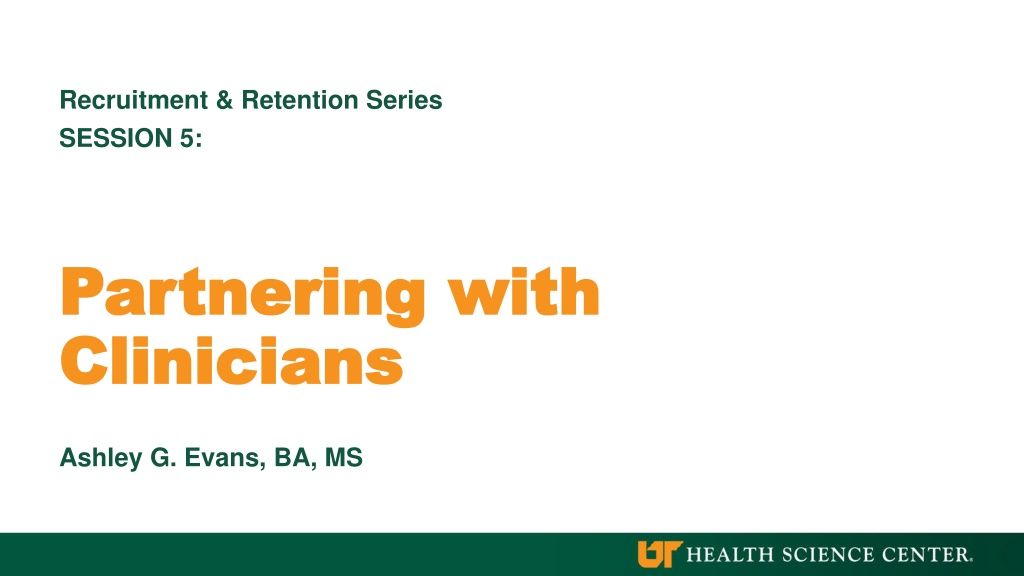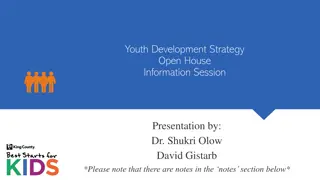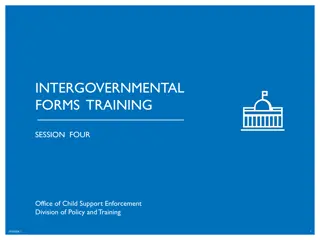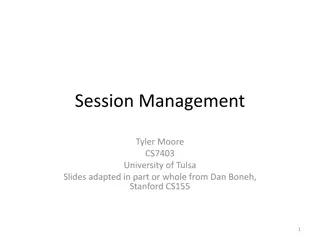
Partnering with Clinicians for Research Success
Learn how to effectively partner with clinicians for successful research recruitment and retention. Discover strategies for building relationships, addressing barriers, and the benefits of collaborating with clinicians. Overcome challenges in participation and explore the advantages of single sites versus networks.
Download Presentation

Please find below an Image/Link to download the presentation.
The content on the website is provided AS IS for your information and personal use only. It may not be sold, licensed, or shared on other websites without obtaining consent from the author. If you encounter any issues during the download, it is possible that the publisher has removed the file from their server.
You are allowed to download the files provided on this website for personal or commercial use, subject to the condition that they are used lawfully. All files are the property of their respective owners.
The content on the website is provided AS IS for your information and personal use only. It may not be sold, licensed, or shared on other websites without obtaining consent from the author.
E N D
Presentation Transcript
Recruitment & Retention Series SESSION 5: Partnering with Partnering with Clinicians Clinicians Ashley G. Evans, BA, MS
Overview Planning Conducting Resources
Building Relationships and Trust Conduct initial site visit Obtain buy-in from office managers, nurses, medical assistants and all involved Distribute site survey Address structural barriers that impact clinician s patients Stress trial safety Clear expectations & understanding Explain study benefits Be candid about risks
Building Relationships and Trust Highlight clinical relevance and timeliness of research What are the deliverables? How does the study match up with the clinician s goals? Be prepared to answer research and non-research clinical questions Create win-win situation
Benefits to Partnering with Clinicians Relationships with potential participants is already established Offers patients access to innovative and cutting- edge research treatment Progresses the field of field of translational science & research
Barriers to Participation Clinicians Time commitment Lack of clinical equipoise Concern for patients Taking them away Lack of recognition/reward Difficulty with consent process Lack of infrastructure for research
Barriers to Participation Patient-Participants Additional appointments Transportation Mistrust Time commitment Dissatisfaction with study assignment Will it work for them?
Single Sites vs. Networks Single Sites Pros: Logistically easier to manage involvement Simplified data collection Population is less heterogeneous Possibly cheaper Cons: Relatively smaller amount of patient-participants Slower accumulation of patient-participants Limited external validity
Single Sites vs. Networks Networks Pros: Access to larger amount of patient-participants Potential findings more generalizable Cons: Navigating various groups and relationships Will all physicians say yes?
Explain Study Benefits Patients Playing a more active role in their own health care Gaining access to new treatments not available to the public Possibly receiving a treatment that works for their condition Getting expert medical care Helping others by contributing to medical research Access to information about support groups and other resources
Explain Study Benefits Clinicians Is this practical research for their patients' lives? What do their patients gain from participation? How does your study align with their practice? What value does your study add to their practice?
Minimize Clinician Workload Provide contact information that patient- participants can access (Ex: phone number, email, website) Create one step process for referrals Manage the consent process Provide one to two study points for clinicians to use to introduce research to potential participants
Minimize Clinician Workload Continue conducting site visits Designate a clinic liaison Create a concierge service to assist in scheduling research and non-research related appointments and connections
Acknowledge & Celebrate Clinicians Contributions Provide clinicians with regular updates about the study Utilize electronic workflows to make this easier! Make clinicians proud to be a part of the research team Show appreciation to the clinic staff Small gifts & food Send thank you notes Acknowledgement in research publications
Remember! Under NIH and Common Rule IRB guidelines, both multi-site and cooperative research projects may: Require the use of a single IRB for oversight. Have a lead site/PI who receives the grant or contract from a sponsor and then establishes a subaward or subcontract to each participating site. Require Reliance Agreements to establish the contractual terms for IRB oversight and project management Note: The UTHSC IRB does not have the staff or resources at this time to serve as the Single/Reviewing IRB for a multisite (e.g., national) study.
Resources Trial Innovation Network SMART IRB If you are interested in conducting a multi-site study, contact the UTHSC IRB: 901.448.4824 or irb@uthsc.edu






















